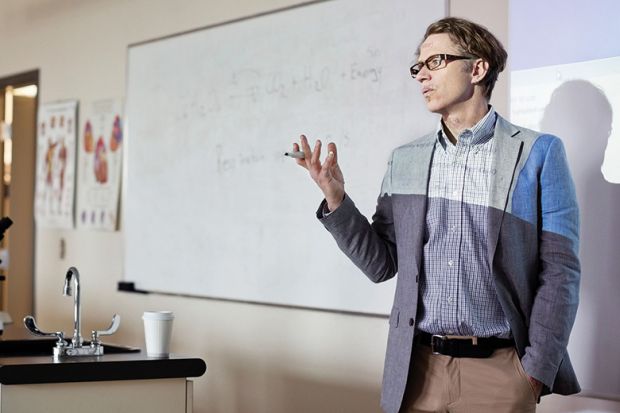Australia’s opposition has threatened to limit places on teaching courses if it wins the next election, to ensure that only the “best and brightest” get a foothold in the profession.
The Labor Party says a cap on teaching places would not be inconsistent with its pledge to restore Australia’s demand-driven university system, given that places in medical degrees are already tightly controlled. But it predicts that the move will not be necessary, because universities will comply with calls for them to tighten admission requirements for teaching students.
Shadow education minister Tanya Plibersek said that teaching places should only go to the top 30 per cent of students. Describing the demand as a “clear signal” rather than an ultimatum to universities, she nevertheless made it clear that Labor would intervene if necessary.
Asked how she would react if universities did not play ball, Ms Plibersek said “they should try me. I’m very serious about making sure that we attract the best and brightest to teaching because our kids deserve nothing less.”
A report released in December showed that, while Australian teachers are increasingly likely to hold postgraduate qualifications – with the proportion of masters-trained teachers rocketing from 3 per cent to 22 per cent in the space of a decade – more education degree applicants are coming from the lower ranks of high school performers.
The report from the Australian Institute for Teaching and School Leadership says that about 40 per cent of incoming teaching students admitted on the basis of their high school results have below-average Australian Tertiary Admissions Rank scores. This compares with 30 per cent a decade ago, and 26 per cent for typical undergraduate programmes.
Moreover, the proportion of teaching students admitted to their first-choice courses is declining. “Teaching courses are accepting students with lower marks every year, and more students are choosing teaching because they don’t know what else to study,” Ms Plibersek said.
“We need to ensure [they] choose teaching degrees because they want to shape the next generation – not because they don’t know what else to do with their lives.”
The comments echo anecdotal reports that some school systems avoid graduates from certain courses.
Some states have taken matters into their own hands. Victoria imposes ATAR cut-offs of 70 for teaching degrees, while New South Wales refuses to employ teaching graduates who scored below 80 per cent in high school English.
The Australian Council of Deans of Education warned against universal ATAR cut-offs as a “quick fix” to the problem, saying that such a move could reduce teacher diversity by excluding people from disadvantaged backgrounds. In any case, it said, only a quarter of undergraduates are selected exclusively on the strength of their ATARs.
“We should be encouraging more potential teachers if we are to stem significant drops in teacher student applications and curtail teacher shortages beyond traditionally hard-to-fill areas,” said ACDE president Tania Aspland.
Labor denied that its approach would trigger teacher shortages, but agreed that alternative pathways were needed for would-be teachers who had improved their academic results after struggling at school.
A spokesman said that the policy would not exclude applicants with poor ATARs who had scored highly in subsequent studies. He said that pay incentives would also be needed to bolster teacher numbers.
Register to continue
Why register?
- Registration is free and only takes a moment
- Once registered, you can read 3 articles a month
- Sign up for our newsletter
Subscribe
Or subscribe for unlimited access to:
- Unlimited access to news, views, insights & reviews
- Digital editions
- Digital access to THE’s university and college rankings analysis
Already registered or a current subscriber? Login








